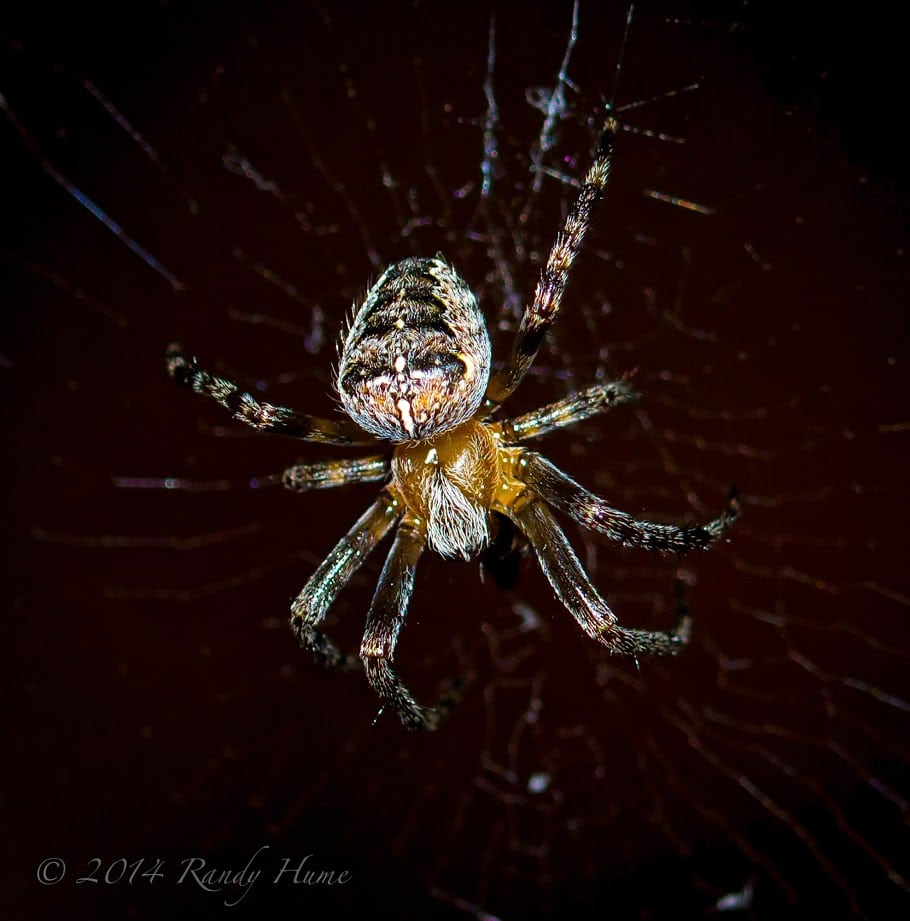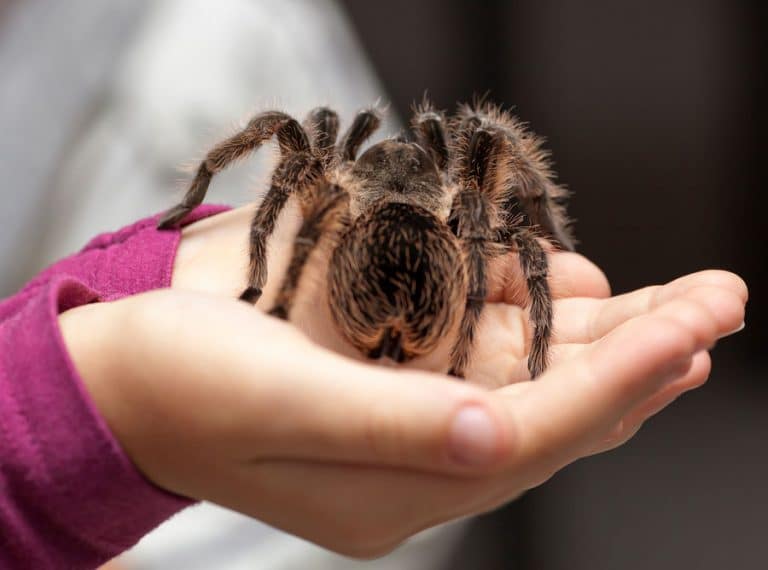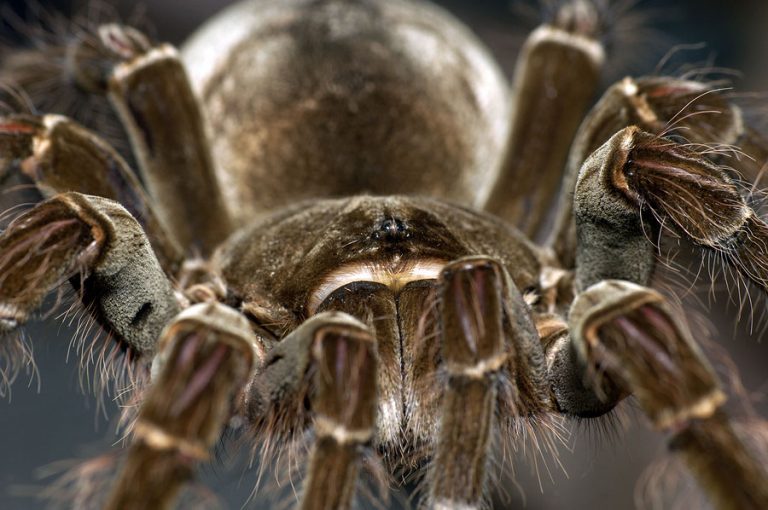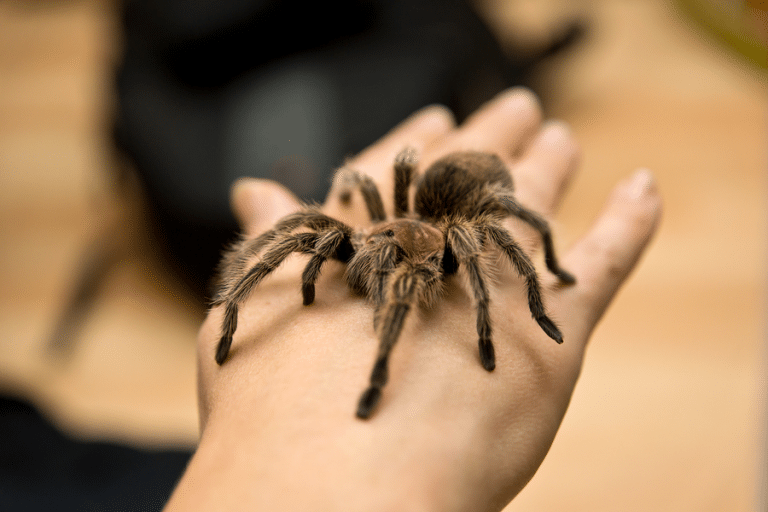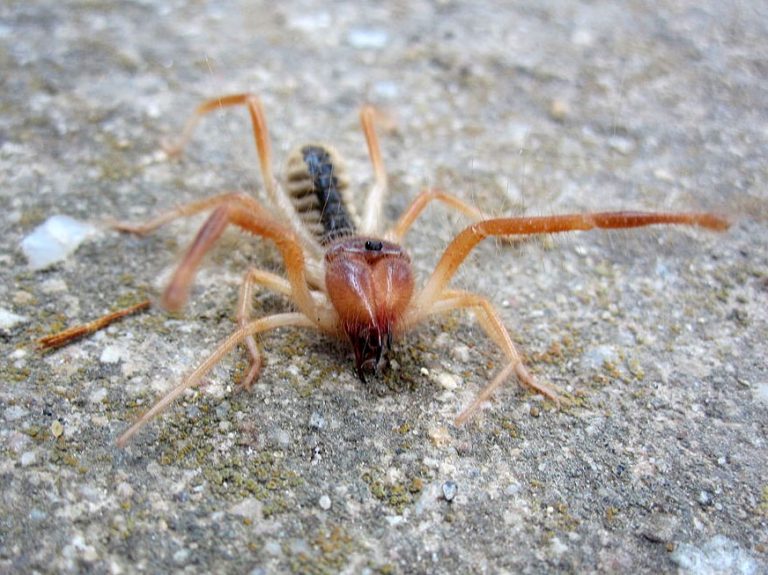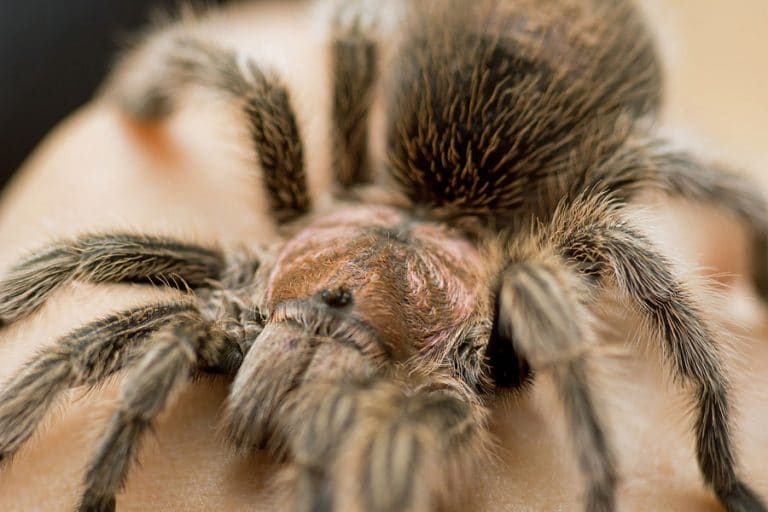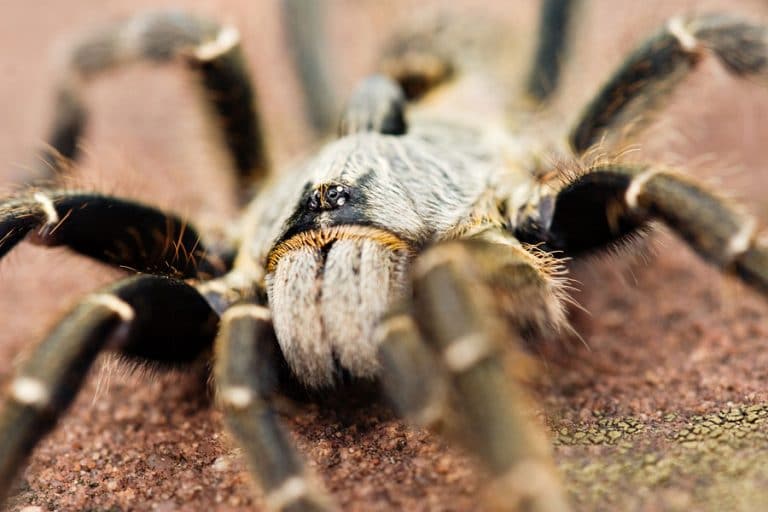Garden Spider
The Life Cycle of a Garden Spider
Garden spiders enjoy a one-year lifespan in general, while a few females could survive for many years in places without harsh winters. Garden spiders may be seen in the United States, Canada, as well as Mexico. They weave webs in warm regions with trees to attach their webs to. They can also be found in residential areas.
Garden spiders like to stay their whole existence in a single location; therefore, your backyard could be home to a garden spider’s complete life span! They have a continuous life span that begins and ends in the spring.
Silken Home – Egg Sac
The existence of a garden spider begins in a silky sack. It’s not its web; rather, it’s an egg sac produced by the female to protect her offspring. The egg sac resembles a yellow fabric cover that has been flattened. When you’re shifting marble or rock rings in your yard, you could see them. The female spider would lay her eggs wherever she feels comfortable and secure. Any suitable corner or fissure would suffice.
She’ll defend her egg sack for just a brief time, once she’s created it and placed her embryos within before falling to tiredness and her existence nearing its end. Her eggs would probably stay concealed and protected till they develop in May.
Spiderlings
The young spiderlings that hatch from those egg sacks in the springtime does not resemble their parents. They have a bright golden color featuring a little black stripe. They would remain wrapped tightly for a couple of weeks after spawning, eventually breaking apart if disturbed.
All those little spiders would soon spread and spin their own webs to trap and consume everything they could obtain. They feature an exoskeleton, like other spiders, this implies they need to molt in order to develop. They may molt repeatedly during their initial summer to increase their height before hibernating. Garden spiders have little incentive to be awake when the temperature drops since most of their food vanish. They’ll seek a wonderful, clean, and comfortable environment and wait for warmer days.
Second Summer
These garden spiders would emerge from their hideaways when the weather changes and return back to the world. Their following summer is similar to the previous because they weave webs and strive to gather as much nourishment as possible. These spiders grow to adult dimensions, having females measuring 6-20mm (0.24-79in) and males measuring 5-13mm (0.24-79in) (0.20-0.51in). Female spiders are often bigger than male spiders because they must carry the muscular weight of generating eggs.
Males and females together weave webs. Garden spiders re-weave their webs frequently, even once every day. It is probably since the web is becoming destroyed by bugs, although it’s because of allergens and dirt covering the adhesive mess on the web’s delicate strands, preventing it from trapping prospective prey. After removing the previous net, the garden spider usually wrap it like a circle and consume the silken to reuse it.
After a female garden spider has successfully paired up, she stores the genetic material she had collected in seminiferous tubules till she is set to deposit her offspring in the autumn. Till then, she rests at the center of her net or hides in surrounding bushes, looking for the rumbling of a silken “tripping wire” signaling the approach of prey.
The spiders would leave after constructing a fresh web so as not to reveal their whereabouts. They listen to the sensations from the strands to alert them that somebody has been trapped, waiting at the border of the net. They’ll then dash outside and attack the helpless bug, crippling it with their poison. It’s then simple to surround their victim in the thread and shoot a different sort of poison to kill them. This mushy bundle could then be easily gulped down.
Autumn
Throughout the autumn, whenever the males are already out looking for females, they are frequently much more visible to humans. Females devote considerable hours to the core of their loops throughout this season, making them highly noticeable. Males that have attained sexual development quit their own connections and travel in quest of partners.
When they see an appealing female, males pursue her with caution, ripping the net off the border to indicate that they are not predators. Even though the female has permitted males to pair, they are not secure at all since she might consume her companion immediately as an adrenaline rush. If the male spider makes it out alive, he’ll look for the next female to pair with.
The female spider, on the other hand, just requires one partner to produce her embryos. She would also eventually quit her webbing and seek a secure home for her offspring. She’ll construct her silky egg sack with precision and lay her embryos. The garden spider closes the top side of the embryo using thread, making a secondary cover and completely closing the area after her embryos have been properly placed.
She then weaves thread over the existing construction to strengthen it to the maximum limit in order to allow it to lie unattended during the cold season. The young mum would stay near to her unhatched eggs for the following three days to make sure any holes need to be repaired. The young mum starts to slow down for real a few days after finishing her egg sack. She’ll soon be dead afterward, having wasted all of her strength on this mission, and its offspring life will resume in the springtime.
Diet
The poison produced by these spiders is safe for people, but it aids in the immobilization of prey such as butterflies, honeybees, and other pollinating creatures trapped in the webbing. A very apparent swerving X-shaped design termed a stabilimentum may be found in the webbing of the garden spider. The specific role of the stabilimentum is uncertain, although it might serve to alarm flies of the webbing’s location so that the web stays untouched and not endangered by flies accidentally damaging it. Every night, the garden spider can consume and reshape its webbing.

Having discovered a fondness for insects while pursuing her degree in Biology, Randi Jones was quite bugged to know that people usually dismissed these little creatures as “creepy-crawlies”.

